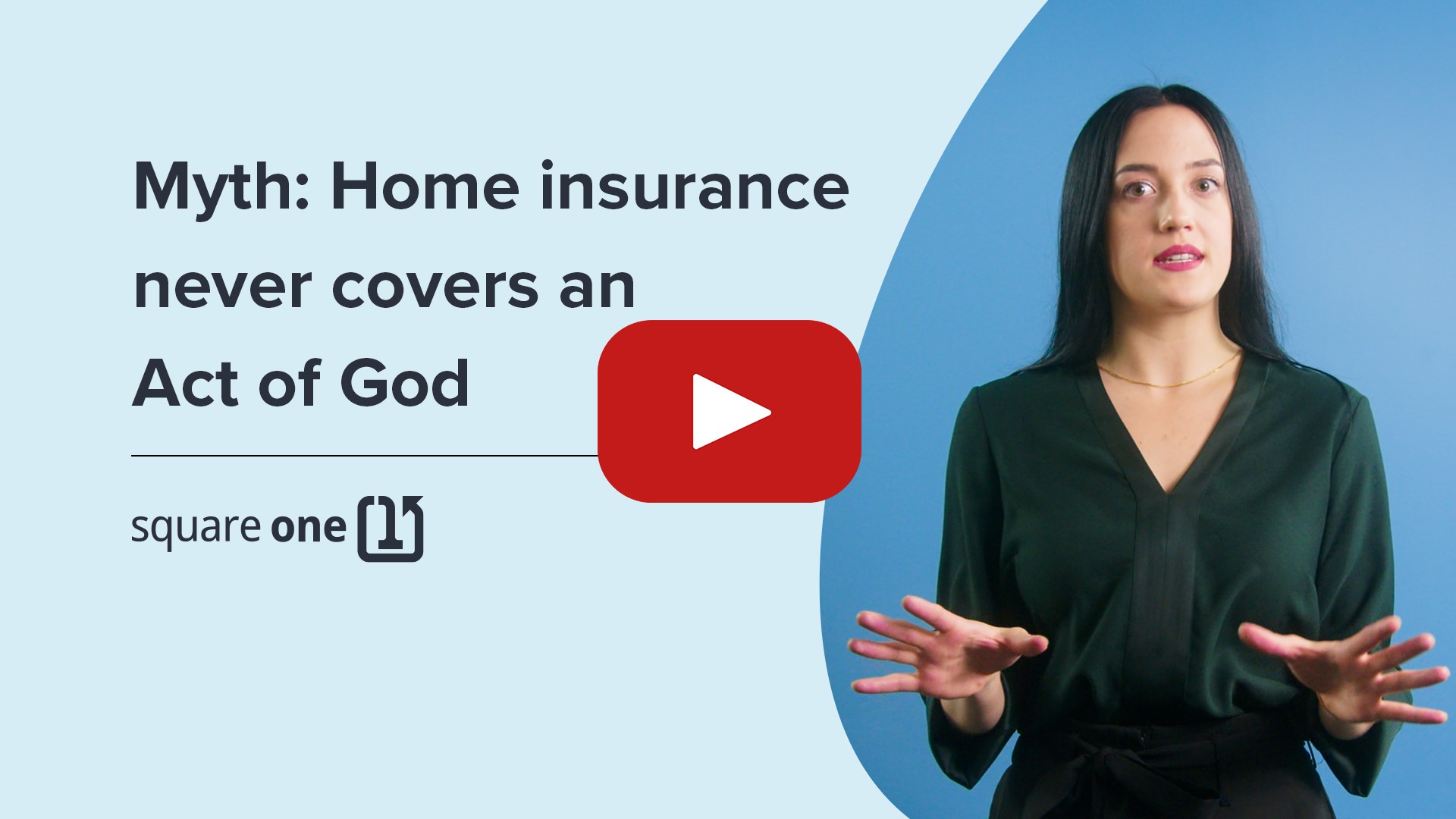The important points
- Common causes of landslides include excessive rainfall, deforestation, construction on steep slopes, and other factors that can destabilize a slope.
- Proper drainage and landscaping are key for protecting structures from landslides.
- Most home insurance policies do not cover landslide-related damage.
What is a landslide?
A landslide is generally defined as any type of downward movement of rocks, boulders, soil, sediment, or trees. These materials can fall, topple, slide, spread or flow down a slope. Sometimes they crawl along imperceptibly slow, and sometimes they move at a rate greater than 100 kilometres per hour. Common causes of landslides include natural ones like excessive rainfall or earthquakes. Human activity, such as mining, deforestation, heavy lawn watering, or construction near steep slopes, can also cause landslides.
The volume of debris can be anywhere from a few cubic metres to millions of cubic metres. The Frank Slide, which occurred in Alberta in 1903, covered an area of 44 million cubic metres and killed an estimated 70–90 people.
How to protect your home from landslides
It’s important to familiarize yourself with the land around your home.
Storm water drainage, slopes, rocks, stones, creeks, brooks, streams, or rivers can all show tell-tale signs of a potential landslide. Visible precursors of a landslide include cracks and bulges in the slope of the land, the unusual seepage of water on a slope, sudden changes in waterway flow, and small stones falling or sliding.
Don’t be your own worst enemy: avoid actions that could increase instability of the land. Don’t build near steep slopes, close to cliff edges, or waterways. Minimize lawn watering and make sure to direct water runoff from driveways, gutters, and downspouts away from slopes.
Consult a certified professional for advice on preventative measures for your home, such as flexible pipe fittings and the design and construction of retaining walls. Proper landscaping is key to ensuring adequate water drainage on your property.
What to do when a landslide happens
You should always be ready to evacuate at a moment’s notice—not just for landslides, but for any natural disaster. Prepare an emergency package with a first aid kit, radio, flashlight, seasonal clothing, non-perishable food, and water, plus any supplies specific to your household’s needs.
You should leave your home and the area immediately if you hear a rumbling sound that increases in volume, trees cracking or boulders knocking together.
If you don’t have time to get out, find cover in the part of the home that is furthest from the approaching landslide. Take shelter under a strong table or a bench. Hold on firmly and stay put until all movement has stopped.
If you are outdoors, move quickly away from the likely path of the landslide, keeping clear of embankments, trees, and power lines. Curl your body in a tight ball and protect your head and neck. Stay away from the landslide area, as the slope may keep moving for hours or days afterwards.
After the landslide, listen to the radio or follow your local news outlet and emergency officials on social media for further instructions. Stay away from the landslide area until local officials declare it is safe to re-enter.
When you are allowed to safely return, check your home’s foundation, structures, and surrounding land for damage. Replant damaged ground as soon as possible—erosion caused by loss of vegetation can lead to flash flooding.


